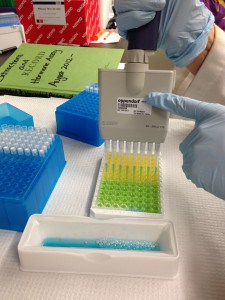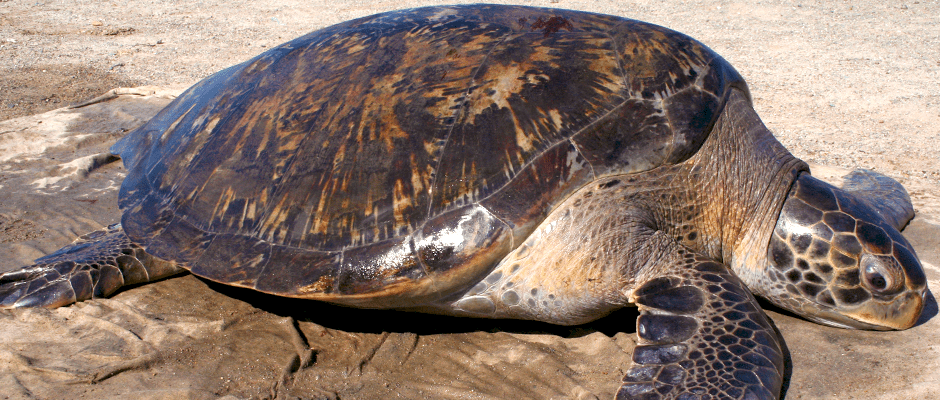Share this article
Sex Ratio Skewed in San Diego Bay Sea Turtles
Something’s distorting the sex ratio of sea turtles in San Diego Bay, and researchers aren’t completely sure why.
“We found a female bias in the San Diego Bay area,” said Camryn Allen, a post-doctoral fellow with NOAA Fisheries and the lead author of a study published recently in PLOS ONE.
She and other researchers trapped immature and mature green sea turtles (Chelonia mydas) in San Diego Bay, taking blood samples and tagging the reptiles before releasing them again. They found that around 70 percent of the turtles overall were female.
Allen said that while they aren’t sure why this is happening exactly, it could be due to warmer temperatures around the turtles’ nesting sites on the beaches around Michoacan in Mexico.

Camryn Allen conducts a non-hazardous testosterone enzyme-linked immunosorbent assay (ELISA) to determine the sex of immature sea turtles.
“Their sex is determined by the temperature at which the egg incubates,” she said. “It’s possible that climate change could be having an effect.”
In order to confirm this, the researchers would need to put data loggers with thermometers on individual nests and monitor them for years at a time, though.
The researchers also found that immature turtles were more often females in the bay than males —around 78 percent. This could mean that warmer recent temperatures were having an effect.
It could also indicate a difference in preference for foraging grounds between males and females, but Allen said other studies have found similar female biases in other parts of the world.
But the bias isn’t necessarily negative.
“Overall it’s a good thing in terms of increasing population numbers because the more females you have, the more eggs you can lay.”
If the trend continued, it could mean less genetic diversity for the turtle population overall. The population of green sea turtles that forages around San Diego is listed as federally threated by the U.S. Fish and Wildlife Service, so diversity isn’t at a strong point right now.
A study released earlier this year found the ratio of some amphibians in suburban ponds was also skewed towards females but researchers concluded that the large number of male frogs with “feminized gonads” was likely due to large amounts of estrogen in these developed areas.
Allen said that it’s possible that estrogen is playing a role in the imbalance among sea turtles, but that it would affect the reptiles in a different way than the suburban amphibians, which have the ability to change sexes.
“If there were an excess of estrogen in the water, it could decrease [green sea turtles’] reproduction,” she said.
Header Image: Immature east Pacific green sea turtle captured in San Diego Bay, California. Image Credit: Camryn Allen/Southwest Fisheries Science Center








